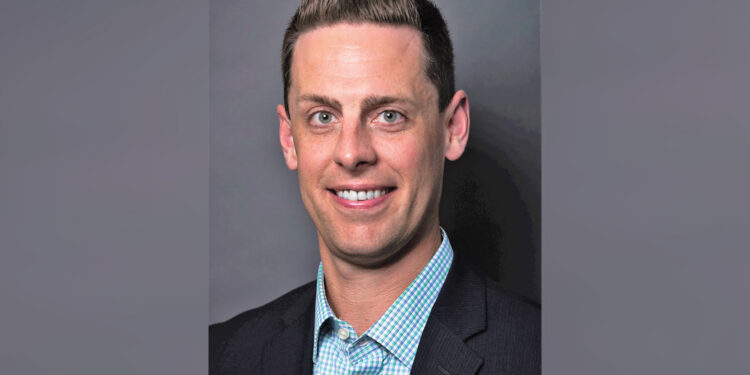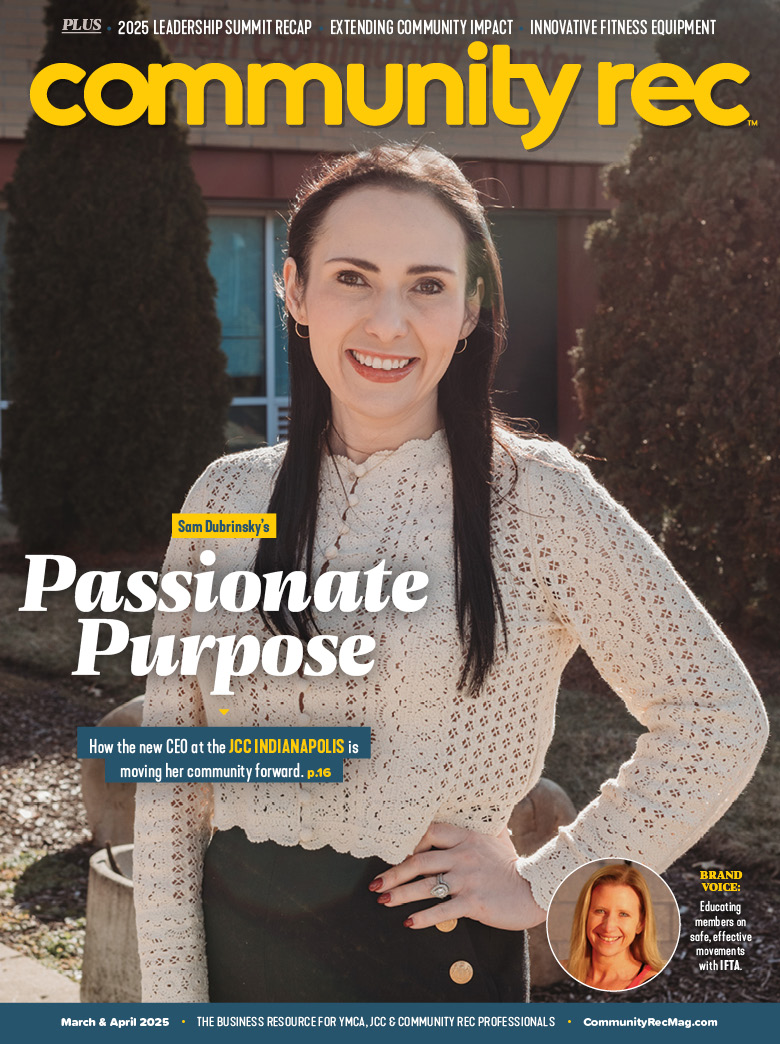This month, we spoke with Courtney Harrness, a multi-site executive director for the YMCA of the Greater Twin Cities, about summer youth programming.
Can you talk about the Get Summer program? What inspired it?
CH: The inspiration for Get Summer came because we knew we had an opportunity to increase the impact we’re having on high school students, in particular, throughout the summer months. Our sons, daughters, nieces, nephews and friends need the YMCA in the summer, and we want to make sure everyone has equal access. What better way to create equity across all locations, all school districts and all communities than to provide memberships for free? This is a way for our YMCA to take the feedback of our young people and their families to create a program that’s meaningful and try to help some of those people whose risky behaviors spike dramatically in the summertime.
How does this program benefit children?
CH: Get Summer is a free, flexible summer programming alternative for teenagers. They have access to any of our 26 locations — they can access fitness centers, swimming pools, basketball gymnasiums, group exercise classes and small group training classes. That’s program objective No. 1. We also have several leadership development programs — Leaders Club, Achievers program, Model United Nations, and several community service and volunteers opportunities — as well as ways for young people to learn more about diversity and inclusion, and how that might come to life in their community.
What challenges have you had to overcome with Get Summer?
CH: We rolled this out at 24 locations in 2017. So the challenges were really making sure each location was set up for success to offer a good program for young people throughout the entire summer. One successful thing we found is getting feedback from the Get Summer members, their families and our staff.
Are there any trends you’re seeing in regards to youth programming?
CH: Honestly, in this age of tech and instant access to everything, social media provides a disguise of young people not feeling lonely. But the reality is they’re alone in the summer and have free time. The unemployment rate in young people — or labor market participation — has gone down dramatically over the last couple decades, and that gives high school students more free time in the summer and opportunities to engage in risky behaviors. So we’re seeing a lot of folks across the industry jump on board with free access and an invitation for young people to come find a caring adult, access programs and services, and make friends all summer long through the Y.










